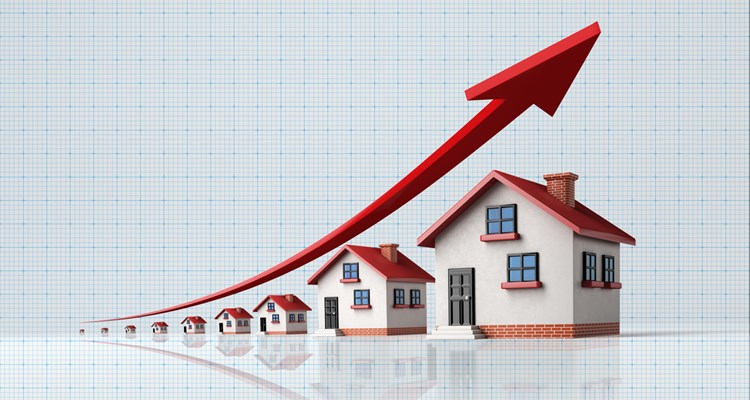The Long-term has arrived sooner than expected.
We have said repeatedly this year that the trend in mortgage rates will be higher over the long term. We offered this opinion last week: “Odds are that mortgage rates will rise longer term. Predicting with accuracy when the short term will give way to the ‘longer term’ is never a sure bet.”
Indeed, it’s never a sure bet. It turns out the short-term was shorter than we expected.
Mortgage rates have moved meaningfully higher over the past few days. They’ve moved high enough to establish a new range. The old range of a 4.5%-to-4.625% rate on a prime 30-year fixed-rate mortgage (at the national level) has given way to a 4.625%-to-4.75% range. No one should be surprised above the move north, though.
The yield on the 10-year U.S. Treasury note made for the heavens over the past week. The yield jumped nearly 20 basis points over just a few trading days. The yield hovers around 3% as we write. The 10-year note hasn’t offered so high a yield since the waning days of December 2013.
It’s all circular, really: Yields on mortgage-backed securities (MBS) take their cue from the yield on the 10-year Treasury note. Long-term mortgage rates take their cue from yields on MBS. Mortgage rates had no choice but to establish a higher range.
A combination of factors has served as fuel for the interest-rate rise.
Another Federal Reserve interest-rate hike is one. More market participants are gaming for four increases before the year is over. Most were gaming for three at the start of the year. The next increase will likely occur in June.
Consumer-price inflation shows increasing signs of moving to a higher range. According to the Federal Reserve's Underlying Inflation Gauge (UIG), the 12-month inflation growth was 3.13% in March. That's the highest rate recorded in nearly 12 years. The last time the UIG was this high was in July 2006, when it was at 3.2%
Wage inflation, which has remained mostly subdued since the last recession, also has market participants on edge. The unemployment rate at 4.1% is low; demand for labor (qualified labor, to be specific) is high. Something has to give on either the wage or demand fronts. Most market watchers expect it to give on the wage front.
Companies continue to make money at an elevated rate. FactSet reports that 17% of S&P 500 companies have reported first-quarter financial results. Eighty percent of the reporting companies reported a positive earnings surprise (above the consensus estimate). S&P 500 earnings are expected to grow 18.3% year-over-year for the quarter. That’s the highest annual increase since 2011.
It’s all good for the U.S. economy, which means it’s mostly bad for the interest-rate trend. With the information we have today, we see little reason not to expect quotes of 5% or higher on a 30-year conventional mortgage by the end of the year.
Sales Up, But for How Long?
Both existing and new homes posted monthly sales gains for March.
Existing-home sales rose 1.1% to post at 5.6 million on an annualized rate for the month. This was the second-consecutive increase, but it still leaves sales down compared to a year ago. Sales are down 1.2% compared with the year-ago period.
It’s common knowledge why sales-grow lags – lack of inventory. The number of existing homes increased slightly in March, but it’s still down 7.2% compared with a year ago. At the current sales pace, only 3.6-months’ supply is on the market.
Sales of new homes were surprisingly spry in March. Sales were up 4% to post at 694,000 on an annualized rate. Through the first quarter of 2018, new-home sales are running 10.3% higher than a year ago.
The surge is less impressive, though, when the composition of the trend is considered. The increase was overwhelmingly driven by sales in the red-hot West, which were up 28.3%. Sales were also concentrated at a higher price point. Sixty percent of sales were for homes priced $300,000 or above. Two years ago, these homes accounted for 53% of sales. Affordable entry-market new homes remain a rare commodity.
And prices, they continue to rise.
The latest reading of the S&P CoreLogic Case-Shiller Home Price Index shows home prices rose 6.3% year over year in February. The West again led the index. Seattle, Las Vegas, and San Francisco all posted double-digit year-over-year price gains.
It’s all mostly good. Nevertheless, the trends in home prices, mortgage rates, and inventory could cool sales in the coming months, even in the red-hot West.
